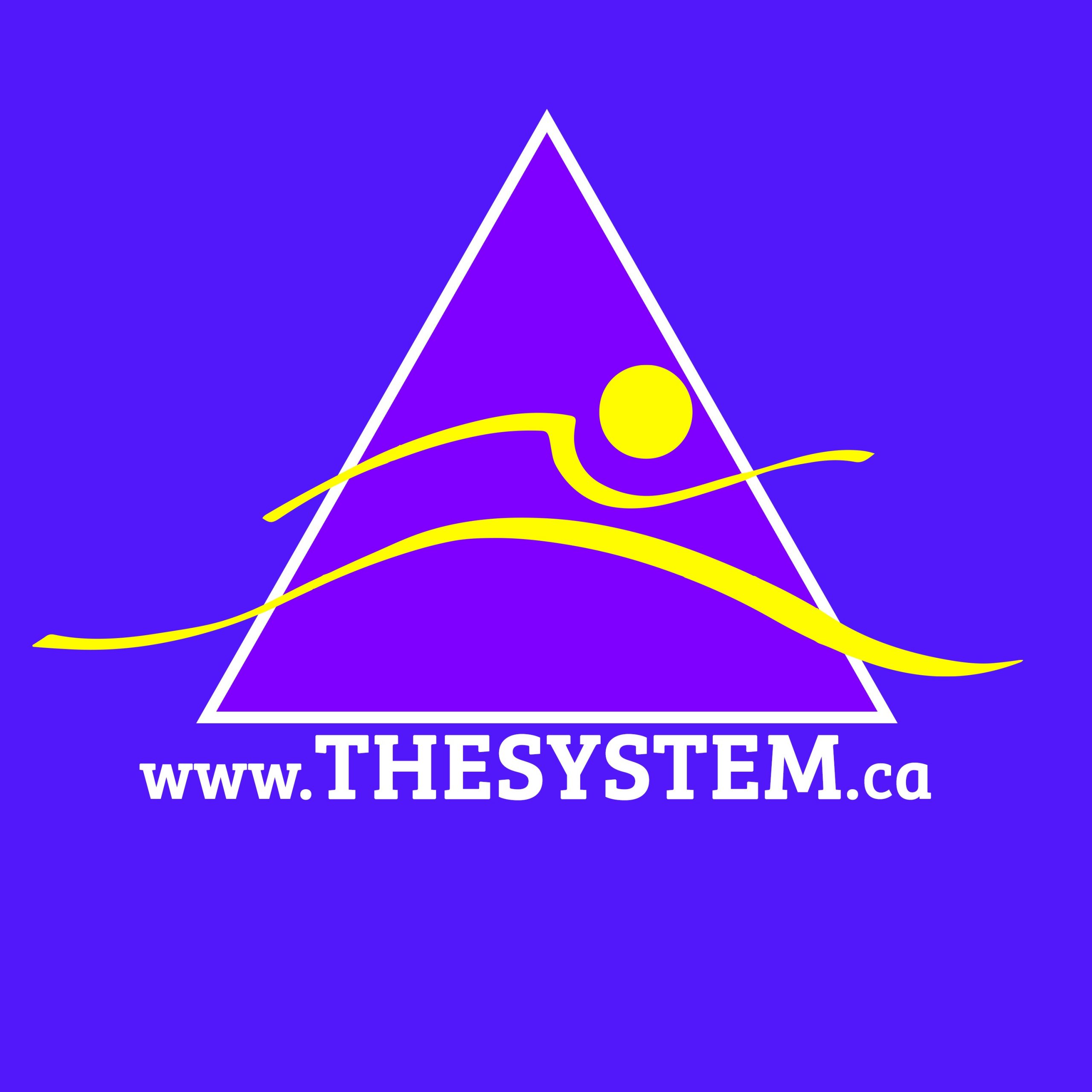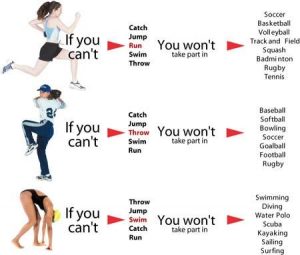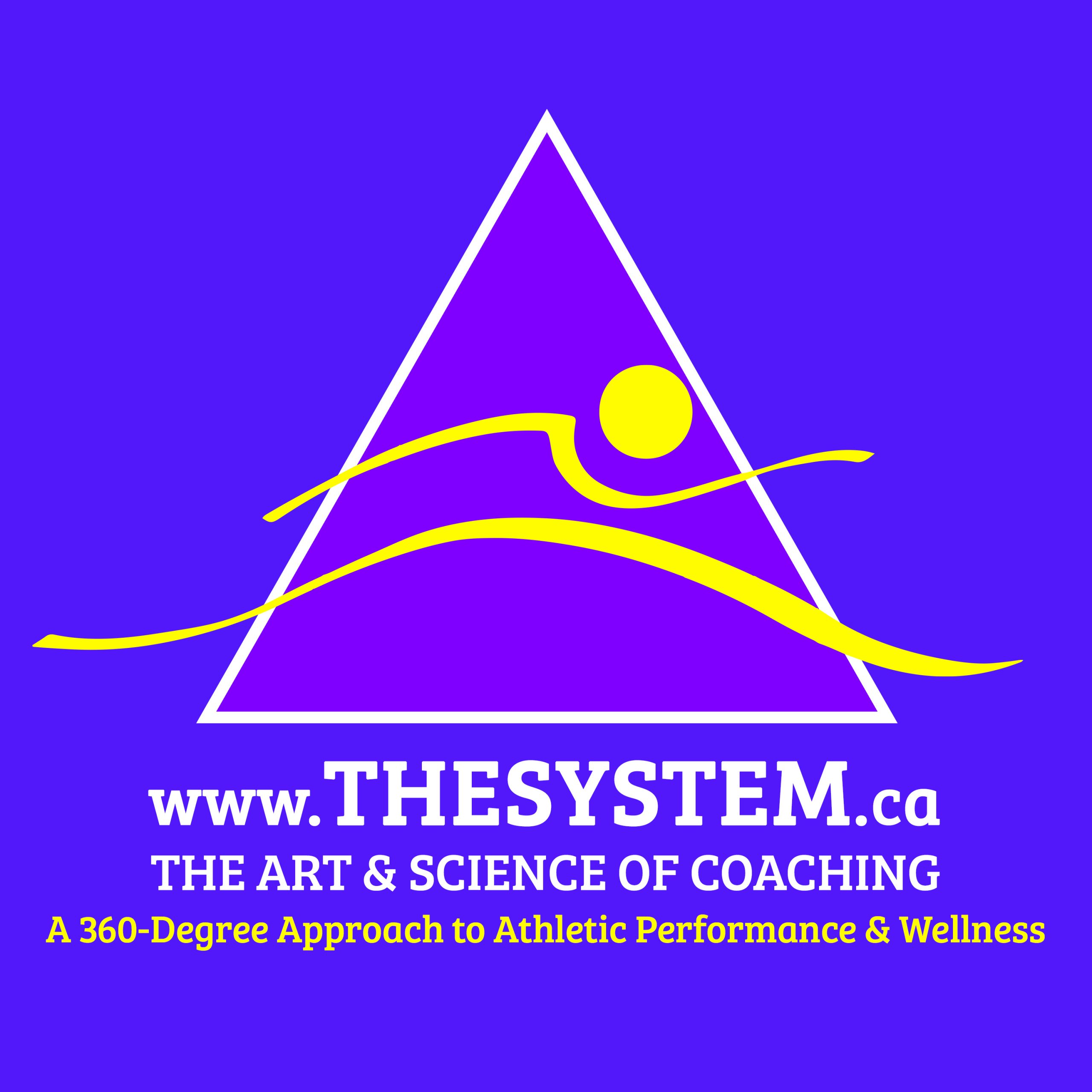“The greatest medicine is to show people how not to need it” – Hippocrates
Early Sports Specialisation (ESS) vs. General Sports Skills (GSS)
- 90% of all chronic over-use and severe sport injuries are related to how we move
- Only 7% of children and youth meet Canada’s guidelines of 60 minutes of physical activity a day
- 1.35 million children were seen in emergency departments with sports-related injuries in 2012
- Every 3 minutes, a child is seen in an emergency department for a sports-related concussion.
- Girls are 8x more likely to have an ACL injury than boys, and if you have had ACL surgery, you are 25x more likely to tear it again
Exposing young children to Conventional weightlifting protocols weakens connective tissue due to the excessive load put on them, and destabilizes the joints & introduces them to improper motor programs, both of which can potentially lead to a higher incidence of injury.
Universally, Children in this country are thrown into sports with little or no foundational preparation in how to use their bodies (i.e. how to run, jump, hit, throw or kick) before they are asked to compete.
Often, a child that demonstrates a natural aptitude for a particular sport is then ‘pigeon-holed’ in that sport, at the exclusion of other sports; before he/she has time to develop other foundational movement patterns
This results in three major problems:
- The child’s physical skills may not develop in a balanced way. Abnormally strong legs or arms may result, while other areas are less developed. This can result in a greater risk for injury as they progress.
- At junior levels, many children are not taught proper form in basic activities such as running, jumping, skating, and throwing. This can further lead to unbalanced formation of muscle growth, further resulting in injury
- Typical training encourages lifting as much as possible, often at the expense of proper form. Excessive weight and poor form can weaken connective tissue and destabilize joints that are still growing
The ideal situation is for a child to participate in at least three different sports (gymnastics, track & field, swimming, team sports such as soccer, baseball, tennis/squash, football, hockey, basketball, volleyball, lacrosse) before the teenage years, in order that they maximally develop fundamental movements & fine motor skills.
This allows the child the opportunity to develop a wide range of movement experience and sets him/her up for future success.
Parents and coaches must be educated to realize that narrowing a child’s experience will limit athletic potential in the long run.
| Youth in Early Specialization Group (ESS) | Youth in General Sports Skills (GSS) |
| Quick performance improvement Best performance at 15-16 years Inconsistent performances in competition Many were burned out by age 18 Prone to injuries because of forced adaption |
Slower performance improvement Best performance at age 18+ Consistent performances in competition Longer athletic life Fewer injuries |
Excelling in any sport requires basic physical abilities that later translate into sports-specific skills.
Athleticism is not necessarily a genetic trait, & like with most things in life, it can be trainable, if given the right types of conditioning stimulus.
Creates, utilizing body-weight exercises & running drills, a greater chance for success in chosen athletic endeavours & a lifetime of active healthy living.
Benefits from The System's training:
- Character Development: Positive character and attitude towards peers, parents and coaches
- Learn basic theory and conditioning terminology
- Learn basic regeneration techniques
- Instilling an active healthy lifestyle
- Establish core strength, mobility and flexibility
- Development foundation of correct biomechanics of all movement patterns, coordination and general athleticism
- Strength training preparation through the utilization of body-weight exercises and medicine ball exercises
- Develop good posture and Ideal muscle tension patterns that naturally foster efficient movement
- Increase pliability (i.e. combination of flexibility, mobility & speed)
• Lower injury risk for –
• Hamstring pulls • ACL injuries • Hip Injuries
• Jumper’s Knee: Patellar Tendinopathy & Osgoode Schlaters • Low Back Injuries • Shoulder Injuries
• Groin Injuries (Adductor strains & sport hernias) • Ankle Sprains


